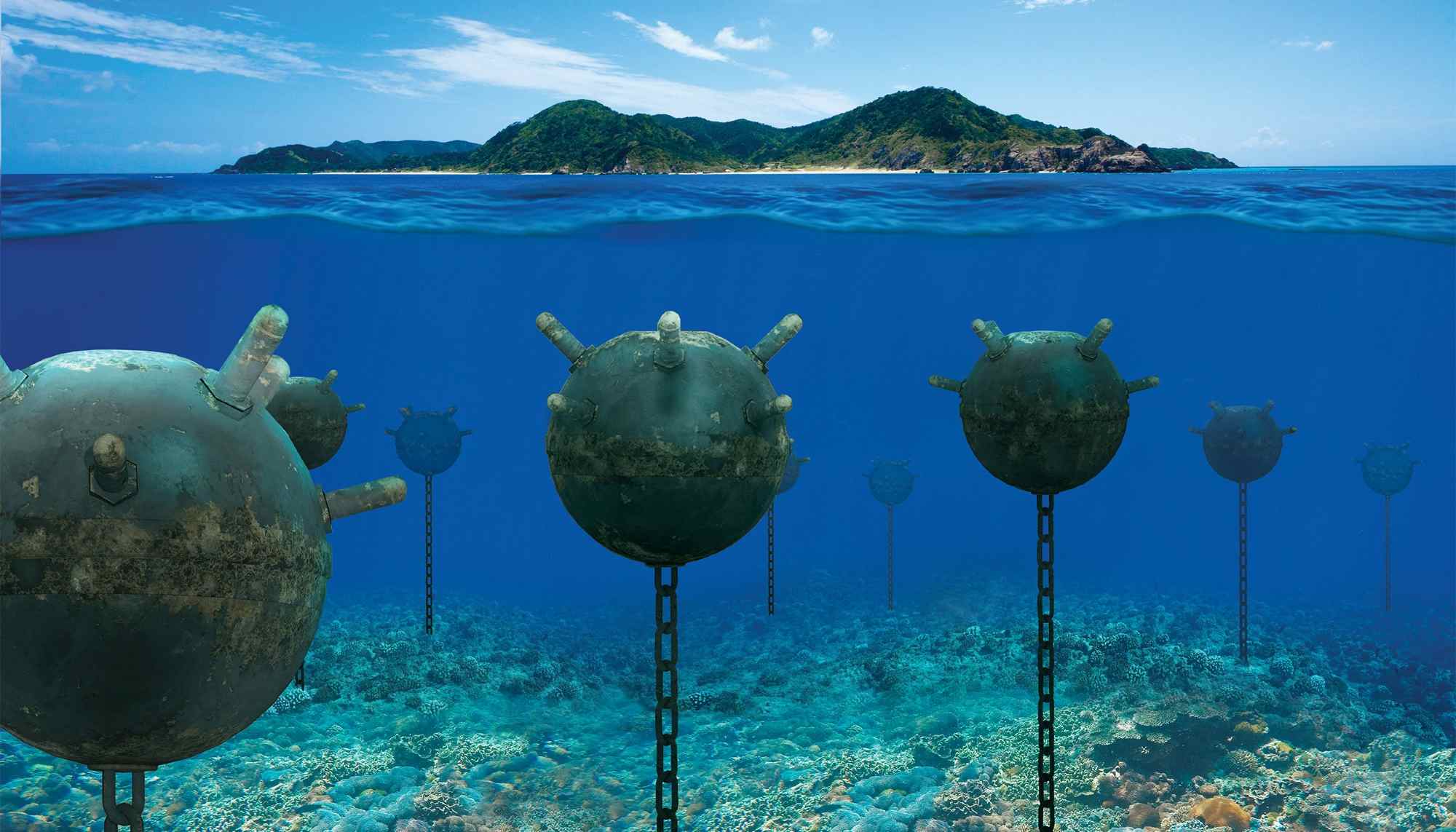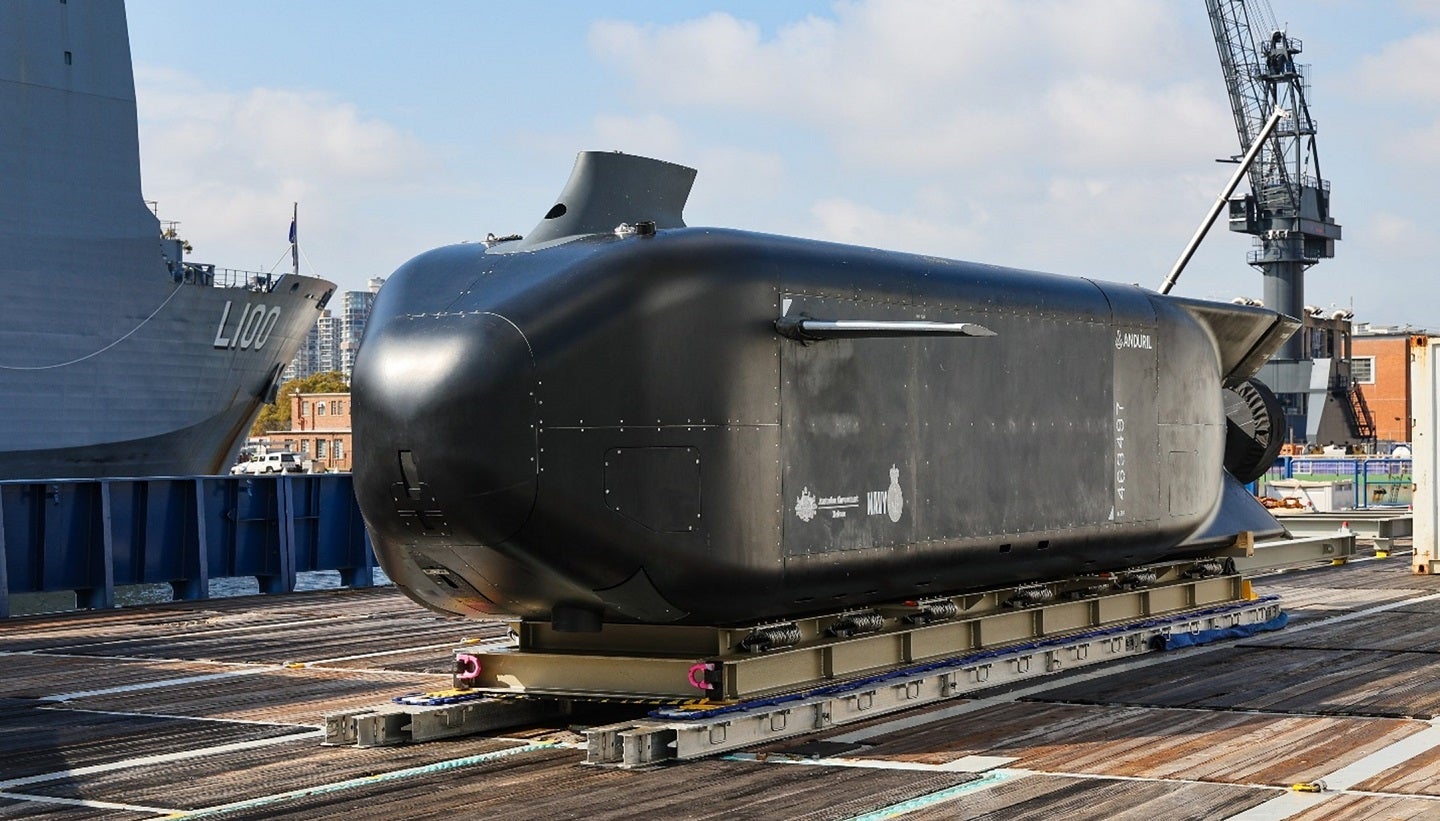- Reaction score
- 11,753
- Points
- 1,160
DRDC had been conducting some research for the Canadian Arctic Underwater Sentinel Experiment at the research center at Gascoyne Inlet on Devon Island. It was a network of ice resistant sensors, with UAV's and AI to analyse sounds from Lancaster Sound. The site during the cold war used to listen from submarines apparently. I was up in 2017 doing some things with HMCS Shawinigan in support of that.
What I would suggest is stationing a ice resistant fixed offshore platform and station it right in the middle of the chokepoint with personnel. Not too far from Resolute for helo transfers. You could station all manner of weapon systems on the platform or ashore that could make it a bad day for any submarine. The platform could also double as a SAR platform.
View attachment 94348View attachment 94349View attachment 94350
I knew they reminded of something


Maunsell Forts - Wikipedia
WW2 Maunsell Forts built in the Thames and Mersey estuaries to control the approaches to London (and prevent the Germans doing what the Dutch Admiral de Ruyter did in 1667) and to Liverpool. The picture shown is of the "Navy" style. Apparently the Army had different requirements.

....
Apparently they have been around for a long time
Forts had been built in river mouths and similar locations to defend against ships, such as the Grain Tower Battery at the mouth of the Medway dating from 1855, Plymouth Breakwater Fort, completed 1865, the four Spithead Forts: Horse Sand Fort, No Mans Land and St Helens Forts which were built 1865–1880 and Spitbank Fort, built during the 1880s, the Humber Forts on Bull & Haile Sands, completed in late 1919, and the Nab Tower, intended as part of a World War I anti-submarine defence but only set in place in 1920.










